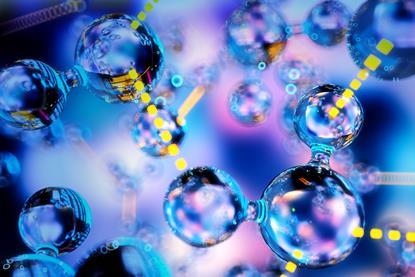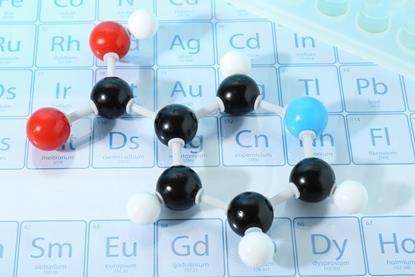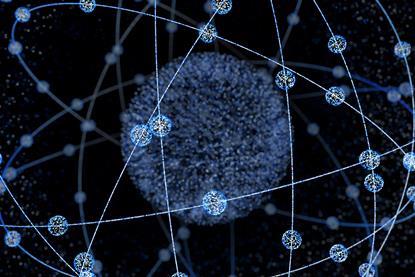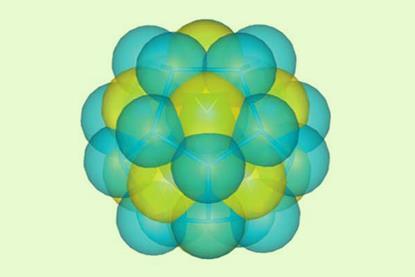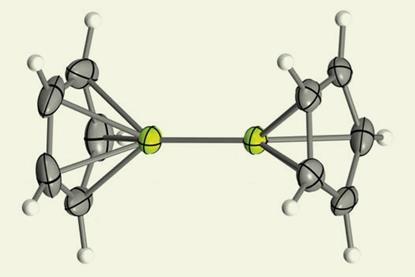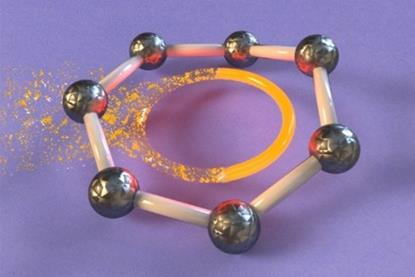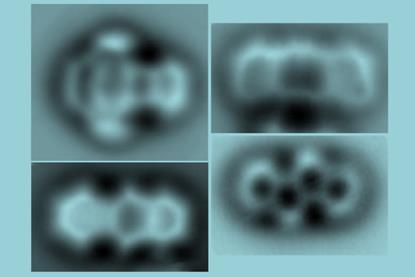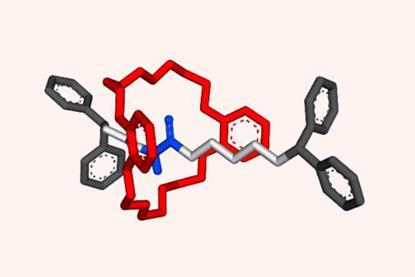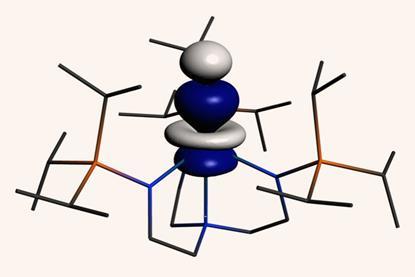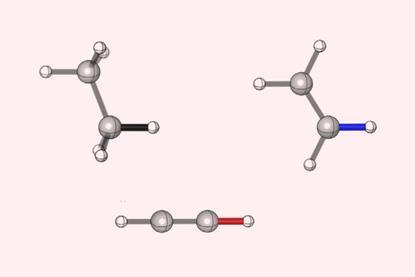Chemical bonding
In this collection we explore the fundamental principles of chemical bonding, covering covalent, ionic, and metallic bonding, as well as molecular structure, intermolecular forces, and the role of chemical bonding in shaping the properties and behaviour of molecules.
The mechanical side of bonding
Synthetic chemists are finally mastering the assembly of interlocked molecules held together by the mechanical bond, find James Mitchell Crow
Reaching into the non-covalent toolbox
Alongside supramolecular stalwarts, budding bonding forms are vying to be valuable, finds Andy Extance
When a bond gets too extreme
Chemical bonds are part of the way chemists rationalise the behaviour of atoms in the conditions of the world around them. Tim Wogan looks at how they are affected when those conditions change
Towards a unified theory of bonding
Explaining trends across the periodic table with the help of node-induced electron confinement
Bonds are the ties that bind chemistry
Those seemingly simple sticks belie our most complex concept
Do bond classifications help or hinder chemistry?
Ionic, covalent, metallic and more… but there’s debate about whether bonds are real at all
The forgotten female crystallographer who discovered C–H⋯O bonds
Andy Extance tells the overlooked story of crystallographer June Sutor, whose C–H⋯O bonding hypothesis was unjustly suppressed
The bonds that bind
Chemical bonds continue to fascinate chemists – and bring us together too
What is a bond?
There’s more to bonding than covalent, ionic and the lines we draw between atoms on paper. Philip Ball takes on the expanding list of chemical connections
- News
Beyond hydrogen bonding: new definitions for secondary bonding interactions to end confusion
The 20-year struggle to define secondary bonding interactions
- Webinar
Copper-catalysed carbon-heteroatom bond-forming processes
Explore cutting edge copper-catalysed carbon-heteroatom bond formations used in industrial applications
- News
Robert Mulliken’s Nobel prize medal latest to go up for auction
Mulliken won the Nobel prize in chemistry in 1966 for developing molecular orbital theory
- Feature
Illuminating antiaromaticity
Aromaticity’s dark alter-ego is ready to emerge into the sunlight. James Mitchell Crow talks to the scientists trying to exploit the instability
- Webinar
Lab XAS: A new tool for materials characterisation
Explore the utility of lab XAS as an everyday tool for materials characterisation
- Research
All-metal fullerene cluster made for first time
Dodecahedral structure offers new insight into metal bonding
- Research
Van der Waals crust behind simple parameter that can describe chemical bonds
Penetration index provides a fresh perspective on two-atom interactions
- Research
Half-century quest to create stable beryllium–beryllium bond ends in success
Organoberyllium sandwich compound should provide answers to questions first posed a century ago
- Research
‘Dynamic bonds’ reshape the rules of aromaticity and chirality
Discoveries could contribute to new understanding of organic chemistry, triggering applications in catalysis and materials science
- Research
Quantum chemical analysis uncovers previously overlooked contributor to carbocation stability trend
Introducing substituents destabilises the parent substrates
- Research
Benzene’s bond lengths corrected
Sophisticated spectroscopic method shows that previously reported values were out by several milliangstroms
- Research
Computational study says polonium can form hydrogen bonds
Bonds driven by relativistic effects, rather than electronegativity differences
- Research
Rich chemistry revealed by tip microscopy pulses’ bond making and breaking
Using an STM, scientists have been able to precisely switch between three different molecules, opening the way to multiple selective transformations
- Research
Improbable rotaxane made using a foldamer helix
Macrocycle displaced to a site for which it has no formal affinity
- Opinion
In search of the chemical bond
Philosophy of science can help us discover new ways of understanding whether bonds really exist
- Research
Quantum nature of hydrogen bonds observed in acid–base complex
Spectroscopic evidence of proton delocalisation could change the way we approach acid–base chemistry
- Research
Strange new bonds found hiding in plain sight in common organometallics
Collective interactions are proof that there’s more to bonds than just connecting neighbouring atoms
- Research
Unusual hydrogen bonds found in proteins help them bind their targets
Weak interactions between hydrogen and carbon atoms have synthetic chemistry implications
- Research
First inspection of σ-hole reveals its peculiar shape
Atomic force microscopy snaps first experimental images of halogen bond’s charge distribution
- Research
Textbook electronegativity model fails when it comes to carbon–halogen bond strengths
Computational analysis finds that it’s size, not electronegativity differences, determining bond strength within periodic table groups
- Research
Clippanes join rotaxanes and catenanes in mechanically interlocked molecule family
Keck-clip molecules consist of two entangled gold–carbene metallotweezers
- Research
Uranium’s strong covalent bond breaks periodic table predictions
Actinide’s unusual covalency could explain its ability to fix nitrogen
- Research
Chemists reconsider C–H and C–C bond length rationale
Quantitative proof for steric repulsion theory









